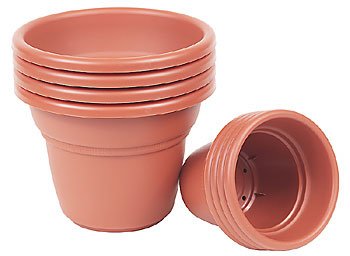Q.: I get tired each spring trying to stay ahead of all the
suckers that sprout from plants and trees throughout the
garden.
It’s time for garden questions and answers. You may e-mail questions to ga*******@*ps.net or mail questions in care of this newspaper. For a faster, personal response, please include a self-addressed, stamped envelope.
Q.: I get tired each spring trying to stay ahead of all the suckers that sprout from plants and trees throughout the garden. I’ve heard there’s some product out there that will prevent suckers from sprouting. Can you enlighten me on this time-saving product?
– D.E., Hollister, via e-mail.
A: I certainly can. It’s appropriately named Sucker Stopper and is distributed by Monterey Lawn and Garden Products. One application keeps suckers from, sprouting for five to six months, so you don’t have to trim them every two weeks. The downside is the cost. Sucker Stopper costs $95 a quart, which includes shipping. The upside is that it works, and that the product is a concentrate. This means that one quart will make three gallons of finished spray. Three gallons will treat a heck of a lot of suckers. Shoot, you can go into business and prevent suckers from sprouting within a three-mile radius of your home! To order, call (559) 499-2100 or buy online at www.montereylawngarden.com.
Q.: I have camellias planted across the front of my home on the north side for shade. What bedding or border plants can I plant with them that will tolerate the acid Ph, but not compete adversely with the camellias? I am looking for flowers and color during the summer when the camellias are not in bloom.
– H.H., Hollister, via e-mail.
A: You’re in luck because there’s a multitude of summer annuals that will bloom from now until fall. The fact that these bedding plants are annuals and live for only around six months or so, works in your favor. The acid Ph in the soil will not affect these bedding plants. The only limiting factor is that you need to select bedding plants that will grow in shade. Choose from traditional impatiens, primulas, primroses, pansies, violas, cineraria, snapdragon, stock and more.
Q.: How do I get white and other discolored areas off my clay pots?
– G.M., Morgan Hill, via e-mail.
A: Use a wire brush and scrub the pots in a dilute bleach solution. Then rinse thoroughly to get rid of the bleach before planting.














